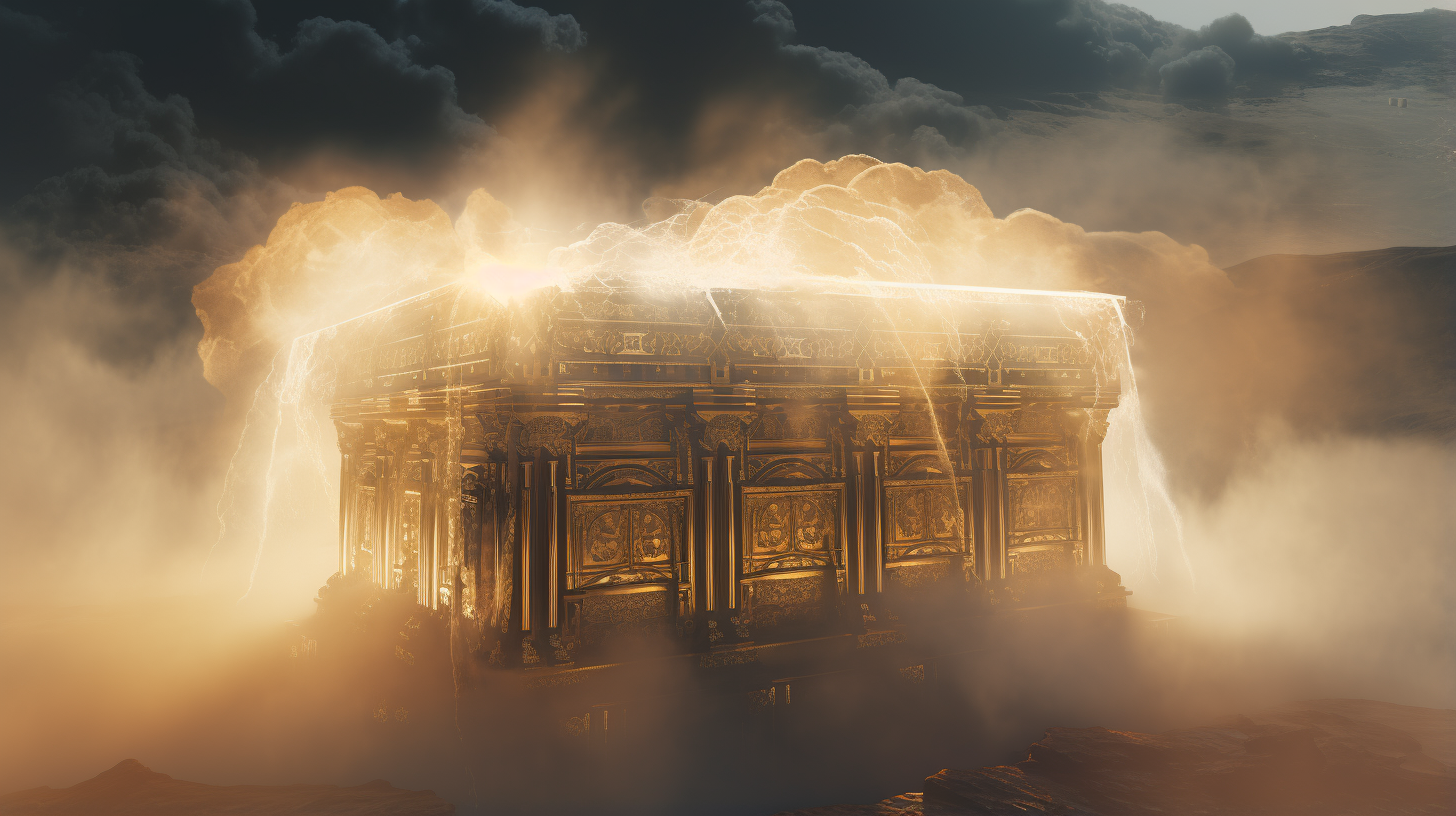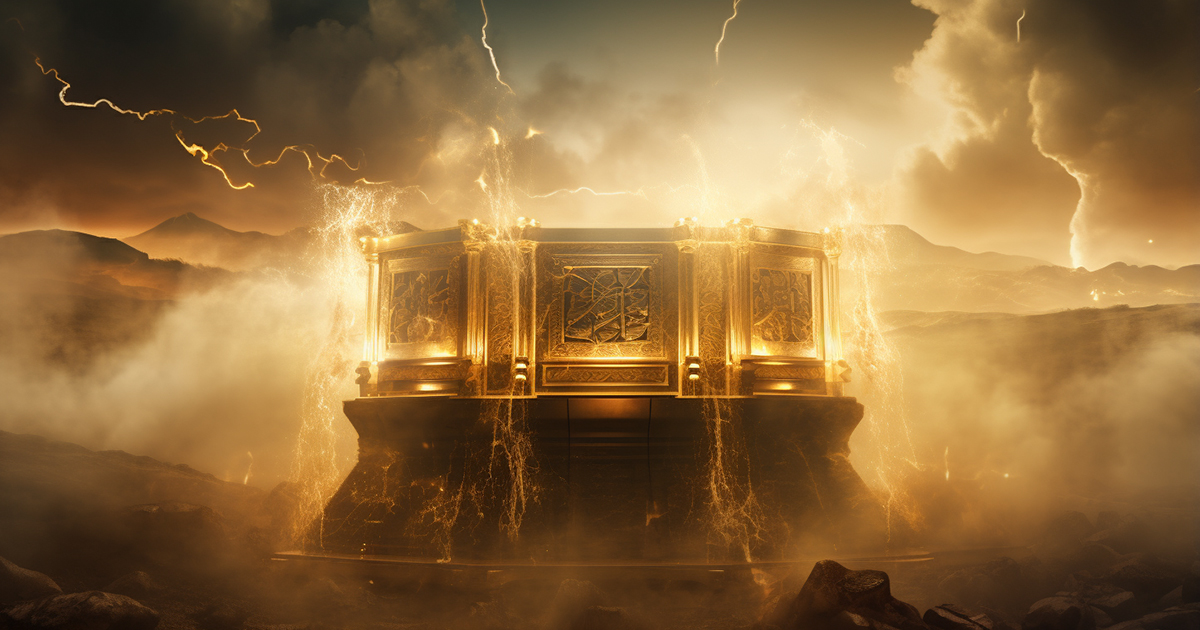Delving into the mysticism that shrouds the Ark of the Covenant, a significant object in Hebrew Scriptures, captivates both scholars and enthusiasts alike. Our focus here is not on its portrayal in a popular TV series but on unraveling the intriguing mysteries surrounding this ancient artifact. From biblical accounts to the puzzling theories of ancient astronaut supporters, the history of the Ark presents a cryptic tale deserving of exploration.
The Ark, a revered vessel safeguarding the tablets bearing the Ten Commandments, was entrusted to the Israelite priests. The monumental responsibility of safekeeping fell upon the designated high priest, Aaron, brother of Moses. The attire prescribed for these priests in the Bible held a significance beyond aesthetics; it served as protective gear.
The high priest was required to don a robe, breastplate, miter, and an unconventional addition – a rope tied around his leg. This seemingly peculiar rope had a practical purpose: in case of an unfortunate incident during their interaction with the Ark resulting in the priest’s untimely demise, retrieving the body was prohibited due to perceived severe consequences.

Emplaced atop the Ark were two angelic figures, symbolizing the sacred realm where it was believed that God’s presence resided – a celestial junction blending the divine and earthly domains.
This space, referred to as the mercy seat, was supposedly where God communicated with the Levite priests. But did this presence truly signify the divine, or did it mask an entirely distinct essence?
Enter the realm of ancient astronaut theorists who offer an intriguing hypothesis concerning the potential power of the Ark. They suggest that it might have functioned as an electrical capacitor, capable of storing and transmitting energy.
The historical narratives intertwined with the Ark have only spurred their conjectures. Stories of sparks and flames emanating from the Ark, resulting in immediate death upon contact, or claims of its ability to devastate cities, bolster the notion that the Ark could have operated as a colossal energy storage device.
To grasp this concept, understanding capacitors becomes crucial. They entail two conductors separated by an insulator. In the case of the Ark, the outer gold layer acted as one conductor, while the interior gold-coated wall served as the second conductor.
The wood in between acted as the insulator. Positive and negative charges were induced on these conductors through the cherubim. One cherub, attached to the outer side, carried a positive charge, while the other, connected to the inner side via a rod, bore a negative charge.
When the Israelites claimed to witness God’s presence between the cherubim, it raises a compelling question: Were they witnessing a divine revelation, or was this “image of God” a result of electrical occurrences within the Ark?
Biblical portrayals of God often involve smoke, fire, brilliant lights, and crackling sounds – elements reminiscent of electric discharges. Could it be that the visions of the Israelites were manifestations of this electric energy?
Watch the Highlighted Video:
The Ark of the Covenant continues to intrigue, with its mysteries enduring through time. While the age-old debate between the sacred and the scientific may remain unresolved, the enigmatic powers attributed to this ancient relic make it a captivating artifact that urges us to challenge the boundaries between faith and reason, ancient beliefs and modern interpretations.
